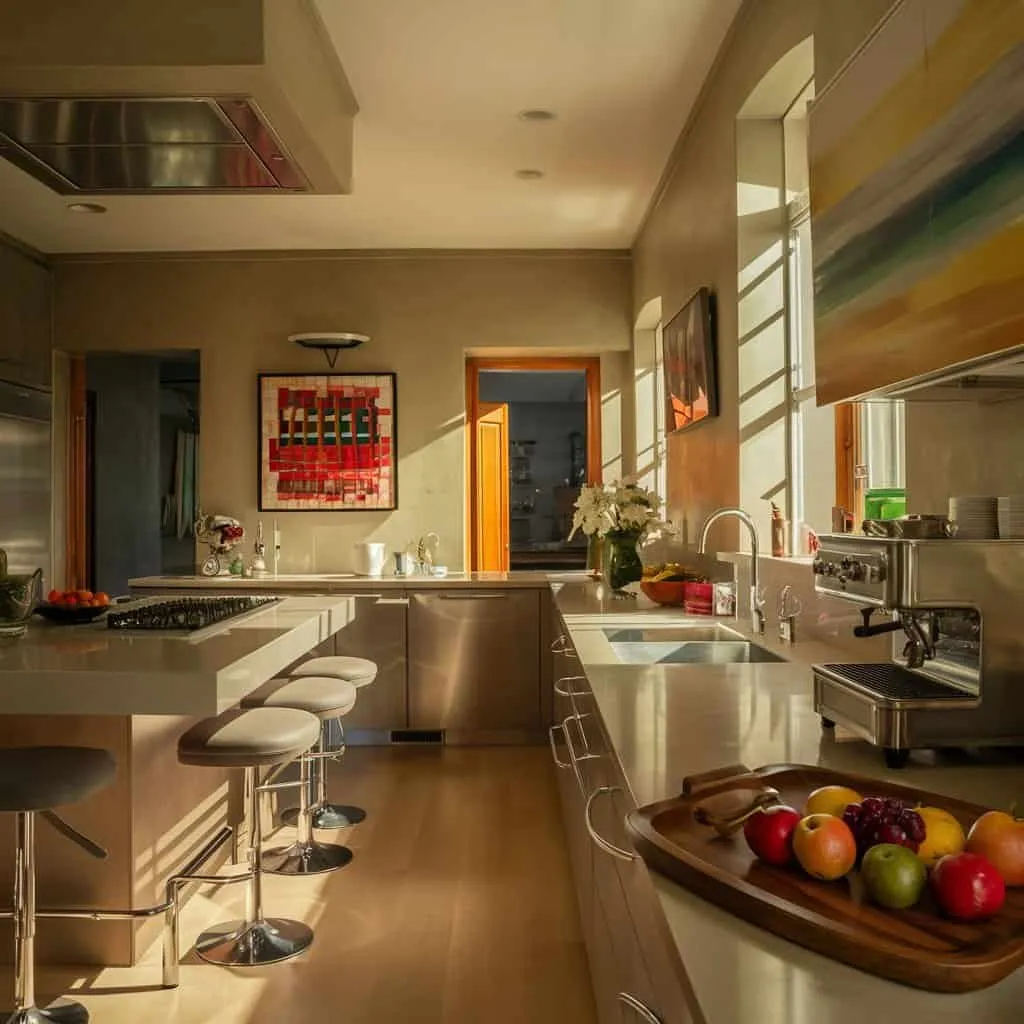Home Design Kitchen Decor Secrets
The kitchen is often called the heart of the home, and for good reason. It’s where we cook, eat, gather, and create lasting memories. Therefore, its design and decor play a crucial role in the overall feel and functionality of your living space. This article unveils the secrets to achieving a stunning and practical kitchen design. We will explore everything from understanding fundamental design principles to selecting the right color palettes, lighting, materials, and accessories. By following these tips, you can transform your kitchen into a space that is both beautiful and efficient, perfectly reflecting your personal style and enhancing your home’s value.
Understanding the Core of Kitchen Design
Before diving into the aesthetics, it’s important to understand the core principles of kitchen design. This involves considering functionality, ergonomics, and the overall flow of the space. The goal is to create a kitchen that is not only visually appealing but also easy to use and navigate. Think about the work triangle, the imaginary line connecting the sink, stove, and refrigerator. Ensuring these elements are strategically placed can dramatically improve efficiency and reduce unnecessary movement. Proper planning also includes adequate counter space, storage solutions, and the integration of appliances. These elements form the foundation of a well-designed kitchen, setting the stage for successful decor choices.
The Role of Layout and Flow
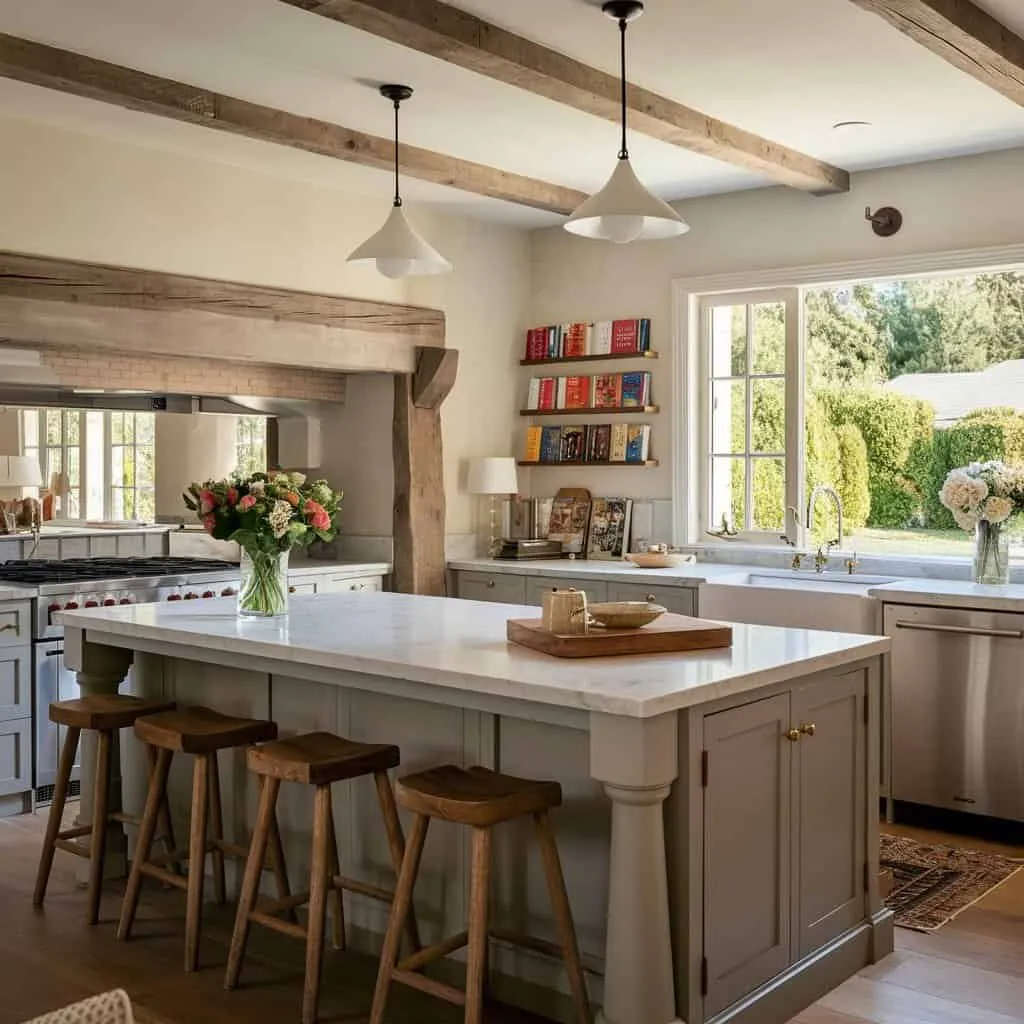
The layout of your kitchen has a massive impact on its functionality. Different kitchen layouts suit different spaces and needs. The most common layouts are the galley, L-shaped, U-shaped, and one-wall kitchens. Consider the size of your kitchen, how you use the space, and the number of people who will be using it. The flow refers to the seamless movement within the kitchen. A well-designed flow minimizes congestion and maximizes the efficiency of your workflow. Ensure there’s ample space for movement between the cooking, cleaning, and food preparation areas. Proper flow enhances the overall experience, making cooking and entertaining enjoyable and stress-free. Careful planning of the layout and flow is essential for a kitchen that works beautifully.
Maximizing Space in Kitchens
Space optimization is critical, especially in smaller kitchens. Utilize every available inch by incorporating smart storage solutions. These include pull-out shelves, corner cabinets, and vertical dividers. Consider using open shelving to create a sense of spaciousness, but be mindful of keeping it organized. Another strategy is to choose compact appliances that fit your needs without taking up too much room. For instance, a smaller refrigerator or a combination microwave oven can save valuable space. Furthermore, designing multiple-use areas can be a game-changer. An island can provide both extra counter space and dining area, while a fold-away table can be perfect for smaller kitchens. Strategic planning is key to making the most of your kitchen, no matter its size.
Secrets to Choosing the Right Color Palette
Color plays a significant role in setting the tone and atmosphere of your kitchen. It can influence everything from your mood to the perceived size of the space. When selecting a color palette, consider the amount of natural light your kitchen receives, the overall style of your home, and your personal preferences. Lighter colors like whites, creams, and pastels can make a small kitchen appear larger and more open, while warmer tones like yellows and oranges can create a welcoming and energetic atmosphere. Neutral palettes offer versatility and timeless appeal. The key is to choose colors that harmonize with the other elements of your kitchen. Remember, the colors you select should reflect your personality and make you feel comfortable in the space.
Colors that Enhance Kitchens
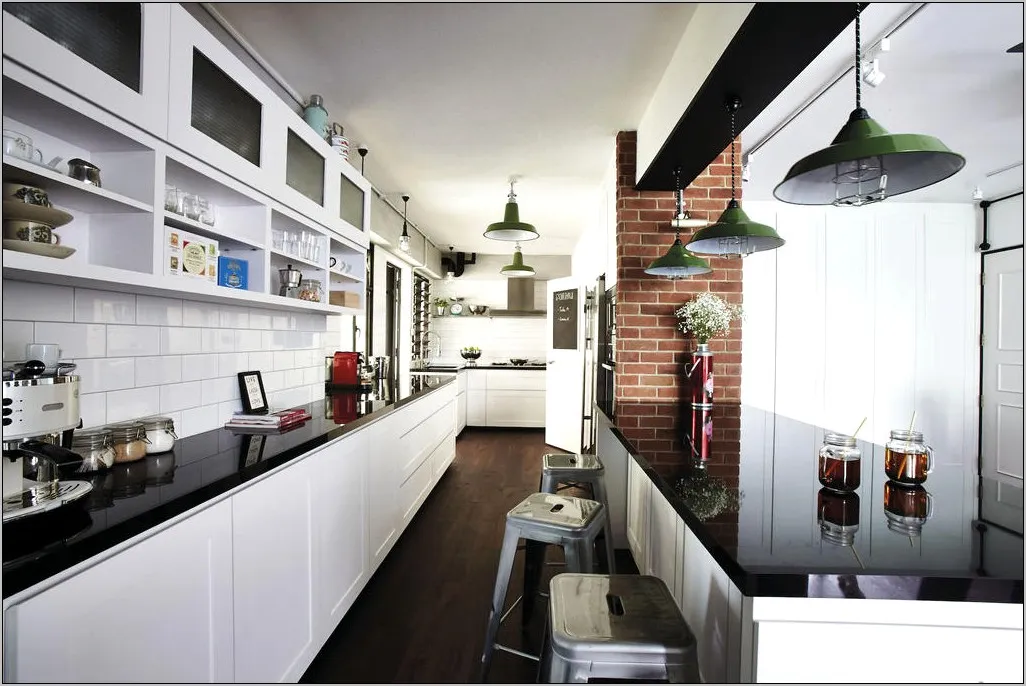
Certain colors are particularly well-suited for kitchens because of their visual and psychological effects. White kitchens are a classic choice, offering a clean, bright, and airy feel. They are also incredibly versatile and work well with various styles. Gray is another popular option, providing a sleek and sophisticated look. It can be paired with various accent colors to add personality. Blue and green are excellent choices, as they bring a sense of tranquility and connection to nature. Consider using these colors for cabinets, walls, or accessories. When choosing colors, think about the mood you want to create, and experiment with samples before making a final decision. Remember, the right color palette can transform your kitchen into a space you love.
The Impact of Lighting on Kitchen Decor
Lighting is one of the most critical elements of kitchen design, as it impacts both the functionality and the aesthetics of the space. It can influence how colors appear, how spacious the kitchen feels, and the overall mood. Proper lighting involves layering different types of light to create a balanced and versatile environment. This usually includes ambient, task, and accent lighting. Ambient lighting provides overall illumination, task lighting focuses on specific work areas, and accent lighting highlights architectural features or decorative elements. The right combination of lighting can completely transform your kitchen, making it more functional, inviting, and visually appealing. Invest time in planning your lighting scheme to maximize the impact of your design.
Essential Elements of Kitchen Lighting
When designing your kitchen lighting plan, consider the essential elements to create a functional and aesthetically pleasing space. Ambient lighting should be evenly distributed throughout the kitchen, often using recessed lights or a central fixture. Task lighting is essential for areas where you prepare food, like over countertops, the stove, and the sink. Consider under-cabinet lighting, pendant lights, or spotlights. Accent lighting adds character and highlights architectural features or decorative items. Install dimmers to control the intensity of your lights, allowing you to adjust the mood and energy of the kitchen. By paying attention to these essential elements, you can create a lighting scheme that enhances both the functionality and the beauty of your kitchen.
Choosing the Right Fixtures
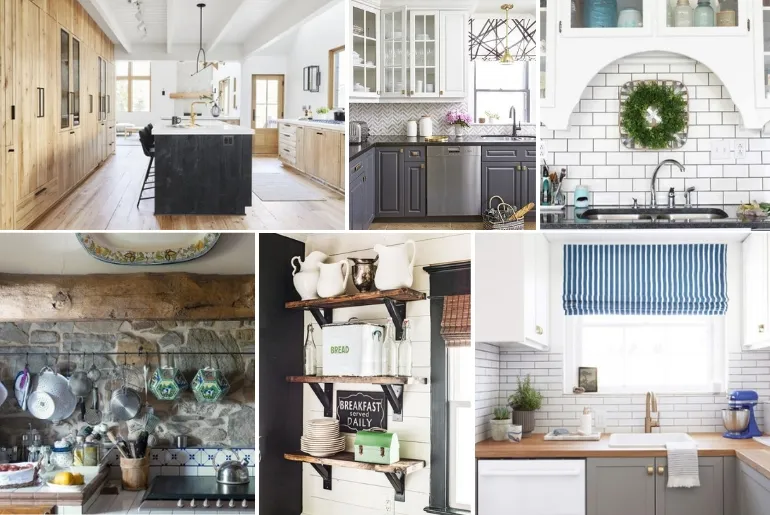
Selecting the right light fixtures is key to achieving the desired look and feel in your kitchen. Consider the style of your kitchen decor when choosing fixtures. For a modern kitchen, sleek pendant lights or track lighting are excellent choices. For a more traditional kitchen, consider chandeliers or vintage-style fixtures. The size and scale of your fixtures should be appropriate for your kitchen’s size. In a small kitchen, avoid oversized fixtures that can overwhelm the space. Choose energy-efficient LED lights to reduce energy consumption. Consider the color temperature of your lights. Warmer lights create a cozy atmosphere, while cooler lights provide a brighter, more functional light for task areas. The right fixtures can elevate the look and functionality of your kitchen, creating the perfect ambiance.
Incorporating Textures and Materials
Adding textures and materials is crucial for creating visual interest and depth in your kitchen design. Using a variety of textures prevents the space from feeling flat and sterile, making it more inviting and dynamic. Think about incorporating different materials for your countertops, cabinets, backsplash, and flooring. Combining smooth and rough surfaces, natural and man-made materials, and light and dark tones can create a visually rich and harmonious space. The texture can also add warmth and personality to the kitchen, expressing your personal style. Don’t be afraid to experiment with different materials and textures to find the perfect combination for your dream kitchen.
Popular Material Choices for Kitchens
When selecting materials for your kitchen, you have a vast array of options. For countertops, granite, quartz, marble, and butcher block are popular choices. Granite offers durability and natural beauty, while quartz is known for its low maintenance and wide range of colors. Marble brings a luxurious touch, and butcher block adds warmth and character. For cabinets, consider wood, painted finishes, or laminate. Wood offers a classic look, while painted cabinets provide versatility. For the backsplash, ceramic tiles, glass tiles, and stainless steel are common options. Ceramic tiles are a classic choice, while glass tiles add a touch of elegance, and stainless steel provides a modern look. Select materials that align with your budget, lifestyle, and desired aesthetic, to ensure your kitchen is both beautiful and practical.
The Significance of Countertops
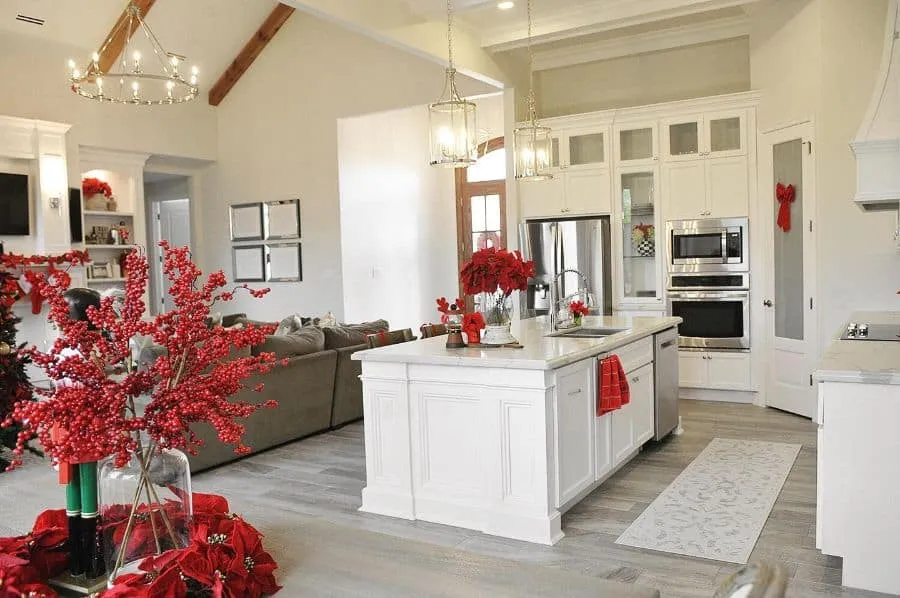
Countertops are a focal point in any kitchen, so their selection is critical. They take up a significant visual space and are used for various tasks, from food preparation to casual dining. When choosing countertops, consider durability, maintenance, and style. Granite and quartz are popular for their durability and resistance to scratches and heat. Marble provides a luxurious feel, but it’s more porous and requires more maintenance. The edge detail can greatly impact the aesthetic of your kitchen. Consider the edge profile, such as a straight edge, bullnose, or ogee edge. The color and pattern of the countertop should complement the cabinets, backsplash, and flooring, creating a cohesive and stylish design. Choosing the right countertops can significantly enhance your kitchen’s overall look and functionality, making it a welcoming and efficient workspace.
Adding Personal Touches and Accessories
Adding personal touches and accessories is the final step in creating a kitchen that truly reflects your style and personality. It’s these details that transform a functional space into a warm, inviting, and uniquely yours. Accessories can range from decorative items like artwork, plants, and cookbooks, to functional items like canisters, utensil holders, and dish towels. The goal is to curate a collection of items that add character, color, and personality to your kitchen. This is also where you can showcase your collections, family heirlooms, or anything that makes you happy. By incorporating these personal touches, you create a space that’s not just functional but also a true reflection of your life and style.
The Power of Kitchen Accessories
Kitchen accessories have the power to transform the look and feel of your kitchen. Choose accessories that complement your existing decor. Consider the color, texture, and style of these items. Incorporate a variety of textures and materials to add visual interest. Plants can add life and freshness. Colorful dish towels, oven mitts, and decorative bowls can also brighten up the space. Practical accessories, such as canisters for storing dry goods, spice racks, and utensil holders, are also essential. When choosing accessories, prioritize functionality, aesthetics, and the ability to personalize your space. The right accessories can tie the design together and create a cohesive and inviting kitchen.
Creating a Cohesive Decor Theme
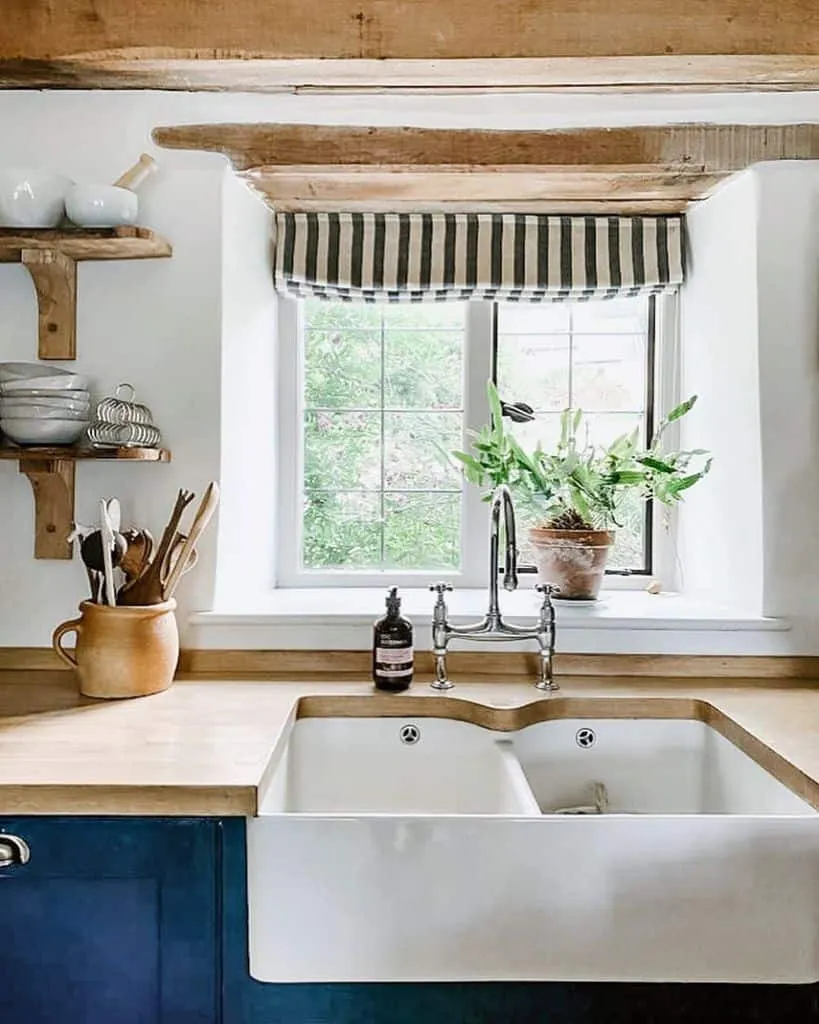
Establishing a cohesive decor theme is essential for creating a stylish and harmonious kitchen. This involves choosing a design style and sticking to it throughout the space. Consider your personal preferences and the style of your home. Do you prefer a modern, traditional, rustic, or minimalist aesthetic? Once you’ve selected a style, ensure that the colors, materials, and accessories align with that theme. This will create a unified and visually appealing design. When incorporating accessories, consider elements like color palettes, patterns, and materials that complement the chosen theme. Ensure that everything from the cabinets to the countertops, backsplash to accessories, works together harmoniously. Careful planning and execution create a cohesive kitchen decor, enhancing both its aesthetics and functionality.
